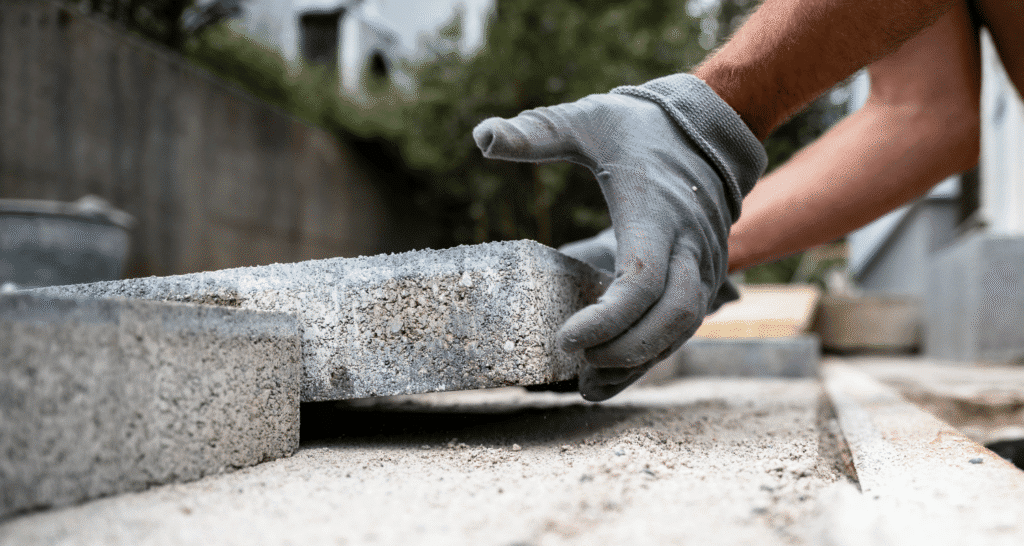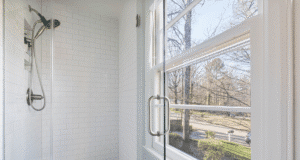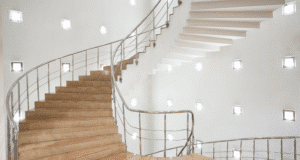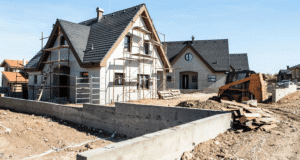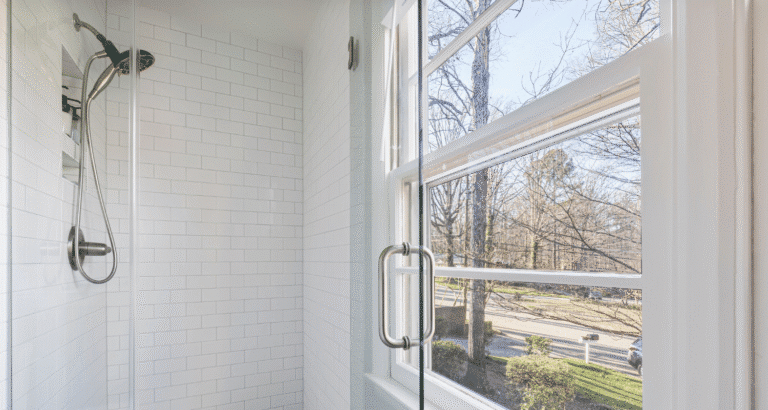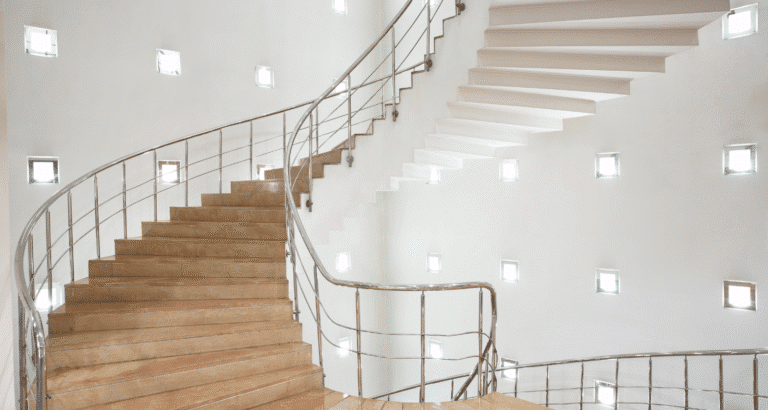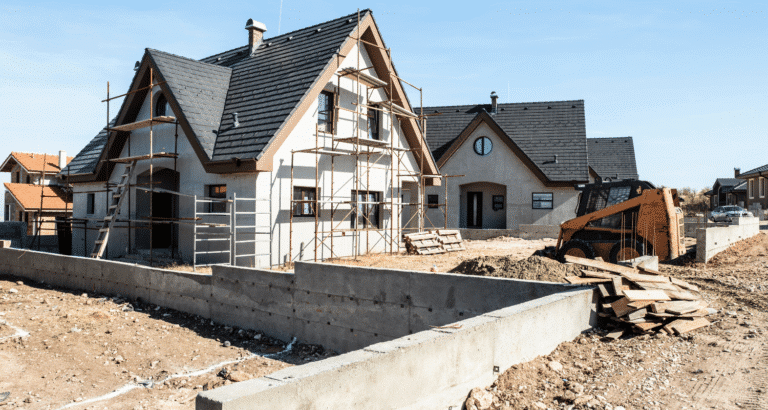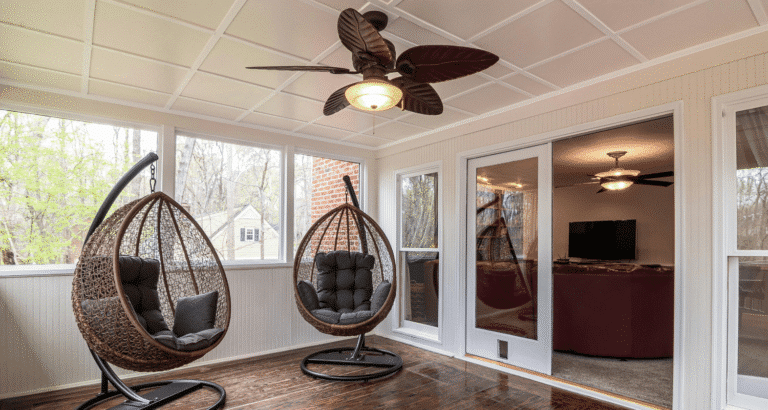Choosing between stamped concrete vs pavers can feel overwhelming for homeowners upgrading their patios or walkways. Both create attractive patios, but they differ in style, price, installation, and maintenance. With stamped concrete, you can create customized designs at a fraction of the cost, but the patio may crack.
Patio pavers, such as stone and brick, are more durable, easier to repair, and offer a classic style; however, they may have a higher installation cost. Understanding the risks and rewards when deciding between stamped concrete and pavers will help you make a more informed choice that’s designed to last.
Understanding Stamped Concrete
Stamped concrete is poured, shaped, and textured to look like natural materials. It can imitate the appearance of stone pavers, brick pavers, or wood. It’s a favorite among homeowners due to its customizable concrete designs and relatively easy installation.
Understanding Patio Pavers
Patio pavers are individual units that you can use to create a patio from concrete, natural stone, or brick. Choices such as stone pavers and brick pavers offer variety in color, texture, and style. Pavers are installed on the ground individually (as opposed to being poured, like stamped concrete), giving you more flexibility in design.
Patio Cost: Which Is More Affordable?
Initial cost often determines which option homeowners choose. Stamped concrete is usually less expensive than pavers upfront. Paver installation, although labor-intensive, can cost about the same as a quality stone application and often lasts longer than poured concrete, especially in cold, freeze-thaw regions.
Pros and Cons of Stamped Concrete vs Pavers
Each option comes with trade-offs. Stamped concrete is budget-friendly and versatile, but it can crack. Pavers stand up to cracking and are easier to swap out if one breaks, but you may find yourself constantly dealing with weeds growing between the cracks or uneven pavers.
Installation Process: Concrete vs Pavers
Stamped concrete involves pouring cement and then adding texture or color before it hardens. This speeds up the process. Paver installation is a more complex process, as it involves laying down a base layer, positioning pavers in their designated locations, and sealing joints to prevent movement.
Maintenance Requirements
Maintenance is a major consideration when deciding between stamped concrete and pavers. You may need to reseal concrete periodically to prevent staining and weathering. Pavers need to be regularly refilled with sand, and weeds must be removed, but individual pieces can be swapped out if they are damaged.
Durability and Lifespan
Pavers are built to last and can last a lifetime with proper maintenance. Stamped concrete has good longevity, but is prone to cracking due to freeze-thaw cycles or soil movement. Durability is significantly influenced by climate and usage.
Concrete Designs: Style and Options
One of the beauties of stamped concrete is that it provides limitless possibilities in terms of your stamping ideas. Patterns can be selected for homeowners that resemble natural stone, slate, or even cobblestone. It is available in various colors, making it easy to match your home’s style or landscaping theme.
Paver Design Flexibility
There is considerable design flexibility with patio pavers. Materials like stone pavers impart a natural and rustic look, while brick pavers add elegance and sophistication. Combining colors and designs provides patios an individual look, something a plain slab of concrete cannot achieve.
Cracking Concerns with Concrete
Stamped concrete, like all concrete, tends to crack. Fractures can occur due to harsh weather, ground movement, or heavy loads. When the surface sealant wears from exposure to the sun and wind, repairs are difficult because patches seldom match perfectly in texture or color.
Resilience of Pavers
Stone pavers and brick pavers are less likely to crack because they are individual pieces. If one cracks or moves, you can replace it. Due to the modularity that pavers offer, they are well-suited for areas with soil movement, especially in areas where freeze-thaw cycles may occur later on.
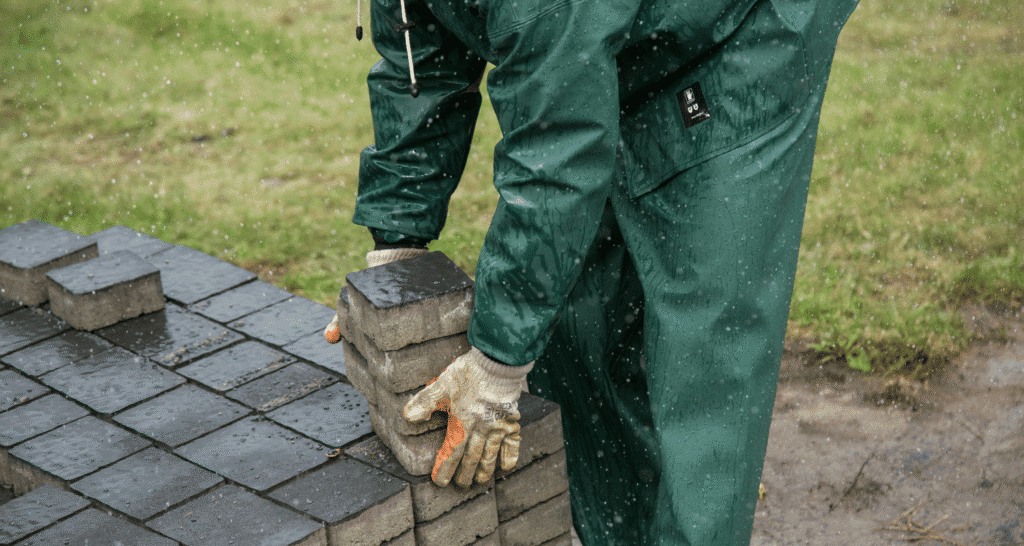
Patio Cost Over Time
Stamped concrete costs less up front, but resealing and repairs can add up. The upfront cost of a paver patio is higher; however, the replacement cost is minimal, making it more cost-effective over time.
Maintenance Comparison
Stamped concrete should be resealed every 2–3 years. Staining from oil or other chemicals may not come out. Pavers, however, require maintenance (cleaning and filling sand joints), yet stains are often removable or localized to a single, replaceable unit.
Aesthetic Considerations
Smooth, continuous stamped concrete is perfect for a contemporary design. Patio pavers offer a classic, natural look with subtle hues and natural variation. Homeowners often decide between sleek, uniform concrete or the natural charm of pavers.
Safety and Comfort
Travertine coping offers a smoother surface that isn’t as slippery as untreated stamped concrete when wet. Without added texture or anti-slip sealer, stamped concrete can be slick. In general, pavers have more traction given their joints and natural textures. Underfoot comfort can also vary, with pavers sometimes being gentler on the feet than large concrete slabs.
Environmental Impact
Brick pavers and stone pavers are typically eco-friendly, particularly when sourced from natural materials. They permit water to drain between the joints, mitigating runoff. Because stamped concrete is a solid surface, water will not naturally absorb through it. It may be necessary to open up joints with a 1/4″ saw cut to help drain the slab to help with drainage.
Versatility of Applications
Both materials are suitable for patios, walkways, driveways, and pool decks. Stamped concrete really comes into its own in expansive, continuous surfaces. Patio pavers are particularly well-suited for providing relief in confined spaces, where patterns and shades add a certain vibrancy to the landscape design.
Long-Term Value
When weighing stamped concrete vs pavers, many homeowners base their decision on resale value. Many people find that the addition of pavers enhances property appeal due to their durability and upscale appearance. Stamped concrete also adds value, but can imply future cracking.
Weather and Climate Considerations
Cold-weather climates and freeze-thaw cycles stress both materials. Stamped concrete can crack, and pavers can shift slightly, but both materials remain functional. On hot days, pavers will hold their temperature underfoot better than big sunbaked slabs of concrete.
DIY Potential
The pouring, coloring, and texturing for stamped concrete must be done by those experienced in this process. For homeowners who prefer to do some physical work, installing pavers is also a more DIY-friendly option. With both materials, to ensure longer-lasting results, correct preparation and application are essential.
Repair and Replacement
Repairing stamped concrete is complicated. Matching the color and texture is nearly impossible. Stone pavers, by comparison, are easy to replace, making maintenance easier.
Patio Cost and Budget Planning
Homeowners in search of budget-friendly outdoor flooring often choose stamped concrete due to its lower cost per square foot of concrete. Yet, when you consider the cost over time, pavers tend to have a better return on investment. It is important to strike a balance between the initial cost of the patio and future durability.
Combining Both Materials
Some homeowners mix solutions. Stamped concrete borders and paver center can offer both economy and beauty. This hybrid approach gives you a unique design with the durability of pavers.
Making the Right Choice
Stamping Concrete vs Pavers Cost, Design, and Climate. There are several key differences to consider when choosing between stamped concrete and pavers, including your budget, climate, and design preferences. Factor in how much maintenance you’re willing to do, and whether worries about cracking or weeds are your primary concern for your lifestyle.
Conclusion
Stamped Concrete vs Pavers: Both pavers and stamped concrete are appealing options for upgrading your outdoor space. Comparing stamped concrete and pavers helps homeowners make better choices.
For the best service, Builders Group Construction is your go-to source for reliable advice on planning and constructing beautiful patios, comparing stamped concrete vs. pavers.
FAQs
What is the downside of stamped concrete?
The primary drawback is eventual cracking, particularly in freeze-thaw climates. Repairs are also a challenge because there’s no guarantee that patches will blend seamlessly with the original concrete artwork, and the area must be resealed to remain well-maintained.
Is stamped concrete cheaper than pavers?
Yes, stamped concrete is typically less expensive to install as a patio when compared to the cost of installing pavers. Pavers, on the other hand, may be cheaper over the long run, as they can be easily replaced, one stone paver or brick paver at a time.
How much does a 20×20 stamped concrete patio cost?
A 20×20 stamped concrete patio costs between $4,000 and $8,000, based on other factors such as location, design, and color. Costs increase with more complex patterns, colors, or finishes.
Is it cheaper to lay concrete or pavers?
Regular and stamped concrete costs less upfront than pavers for the patio. However, pavers may offer greater long-term value, as it doesn’t crack and can be replaced over time to lower the amount of repair work you have to do.

